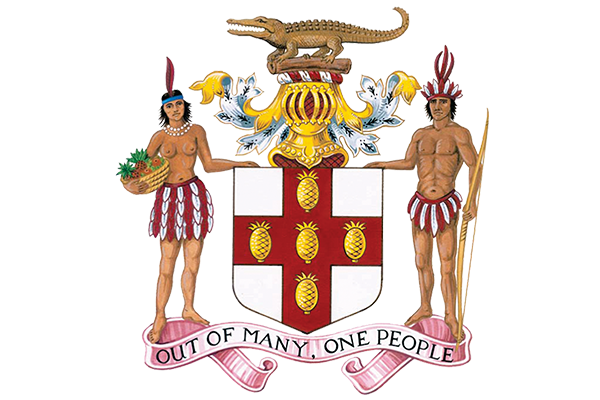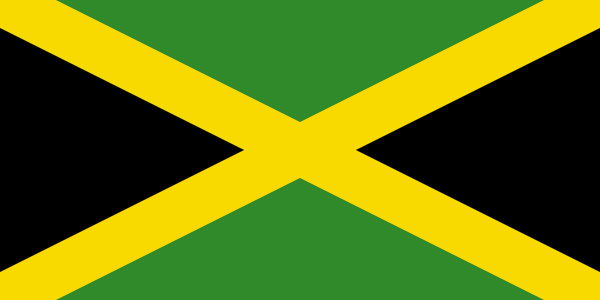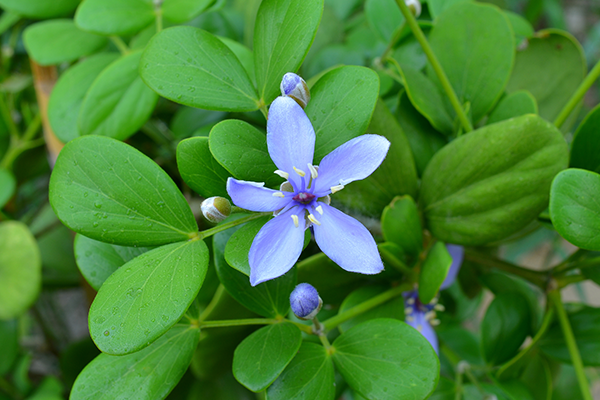Jamaica is an island of the West Indies and third largest in the Caribbean Sea. The original inhabitants of Jamaica were the Arawaks, also called Tainos. They came from South America 2,500 years ago and named the island Xaymaca, which meant “land of wood and water”. Jamaica was discovered in 1494 and settled by the Spanish in the early 16th century.
In 1655 British forces occupied the island and in 1670 gained formal control. Two elements, sugar and slavery, made Jamaica one of the world’s most valuable possessions for over 150 years.
In the late 17th century, two-thirds of the white population in Jamaica were Irish – twice the amount of the English population. They were brought in as indentured labourers and soldiers after the conquest of Jamaica by Cromwell’s forces in 1655. Migration of large numbers of Irish to the island continued into the 18th century.
After a long period of direct British colonial rule, Jamaica began to achieve local political control in the late 1930’s. Jamaica attained its independence from the United Kingdom in 1962.
Jamaica is a Commonwealth realm, with Queen Elizabeth II as its monarch and head of state. Her appointed representative in the country is the Governor-General of Jamaica. Jamaica is a parliamentary constitutional monarchy with legislative power vested in the bicameral(having two branches of government) Parliament of Jamaica, consisting of an appointed Senate and a directly elected House of Representatives.
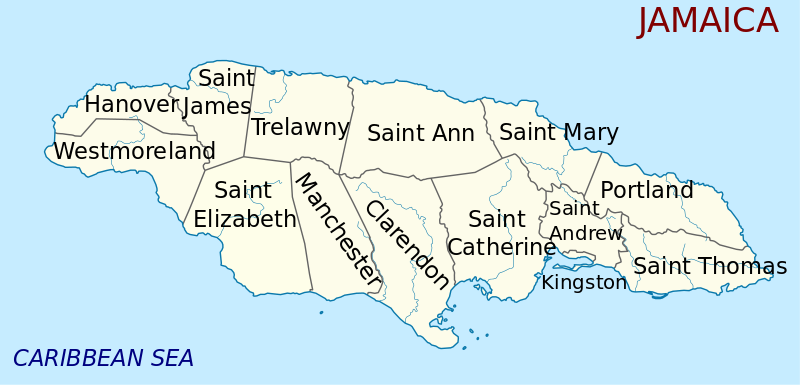
Jamaica comprises of 14 parishes as in the chart above. Each parish has their own capital city.
The parishes of Jamaica are the main units of local government in Jamaica. They were created following the English invasion of Jamaica in 1655. This administrative structure for the colony of Jamaica developed slowly. However, since May 1, 1867 Jamaica has been divided into the current fourteen parishes. These were retained after independence in 1962. They are grouped into three historic counties which are Cornwall, Middlesex and Surrey. Every parish has a coast.
The Ethnicity of Jamaican People
The vast majority of Jamaicans are of African descent, with minorities of Europeans, East Indians, Chinese, Middle Eastern ancestry. The bulk of the Jamaican diaspora resides in other Anglophone countries, namely Canada, the United States and the United Kingdom, to a lesser extent, other Caribbean countries and Commonwealth realms. Outside of Anglophone countries, the largest Jamaican diaspora community lives in Costa Rica, where Jamaicans make up a significant percentage of the population.
There Are Six National Symbols That Represents Jamaica
The Coat Of Arms | The National Flag | The National Bird | The National Fruit | The National Flowers | The National Tree
Jamaica Coats Of Arm Symbolism “Out Of Many, One People
The original motto, INDUS UTERQUE SERVIET UNI is the Latin translation for “The two Indians will serve as one”, or rather “Both Indies will serve Together”, in reference to the collective servitude of the Taino and Arawak Indians to the colonisers. The motto was replaced in 1962 with the English motto “Out of Many, One People”, as tribute to the unity of the different cultural minorities inhabiting the nation. Perhaps as coincidence, the motto has the similar meaning as the motto of the United States which is E Pluribus Unum, translation “One from many”.
Jamaica National Flag
Jamaica got her independence on August 6, 1962. The Jamaica National Flag and was first raised on that day, which was the birth of our new nation. The Flag represents the pride of Jamaica and her achievement as an independent nation. Our National Flag is highly respected by Jamaicans because it shows how far the country has come in stepping out on her own. On August 6, 2022, Jamaica will celebrate its 60th year of independence.
The Flag Symbolism
The Jamaica Flag represents the bright sunshine, the land is green and the people are strong and creative. The symbolism of the colors of the flag are black depicts the strength and creativity of the people, yellow (gold), the natural beauty of the sunlight and the wealth of the country and green signifies hope and agricultural resources.
The Jamaican Flag is currently the only national flag the does not contain a shade of red, white, or blue.
National Bird—–The Doctor Bird
The scientific name of this bird is (Trochilus polytmus), also known as the doctor bird, scissor-tail or scissors tail hummingbird. It is originally found in Jamaica, where it is the most abundant and widespread member of the hummingbird family. This bird is beautiful, unique and graceful; very special to our Jamaican culture. There are different species but the doctor bird is one of our most cherished bird and has gained the title of Jamaica’s National Bird.
Jamaica National Fruit-Ackee
The ackee fruit (Blighia sapida) is the national fruit of Jamaica. It was imported to the Caribbean from Ghana before 1725 as ‘Ackee’ or ‘Aki’ is another name for the Akan people, Akyem. The fruit’s scientific name honours Captain William Bligh who took the fruit from Jamaica to the Royal Botanical Gardens in Kew, England in 1793 and introduced it to science. Because parts of the fruit are toxic, such as the arils prior to the opening of the husk at the ripening stage, there are shipping restrictions when being imported to countries such as the United States. Most Jamaican wait until it’s properly opened on the tree before they used it. Even though it’s classified as a fruit, it does not tasted sweet as a fruit, and is used with salt fish (codfish) to make a great Jamaican cuisine. Ackee was introduced to Jamaica for enslaved people to use as a long-lasting and inexpensive protein source.
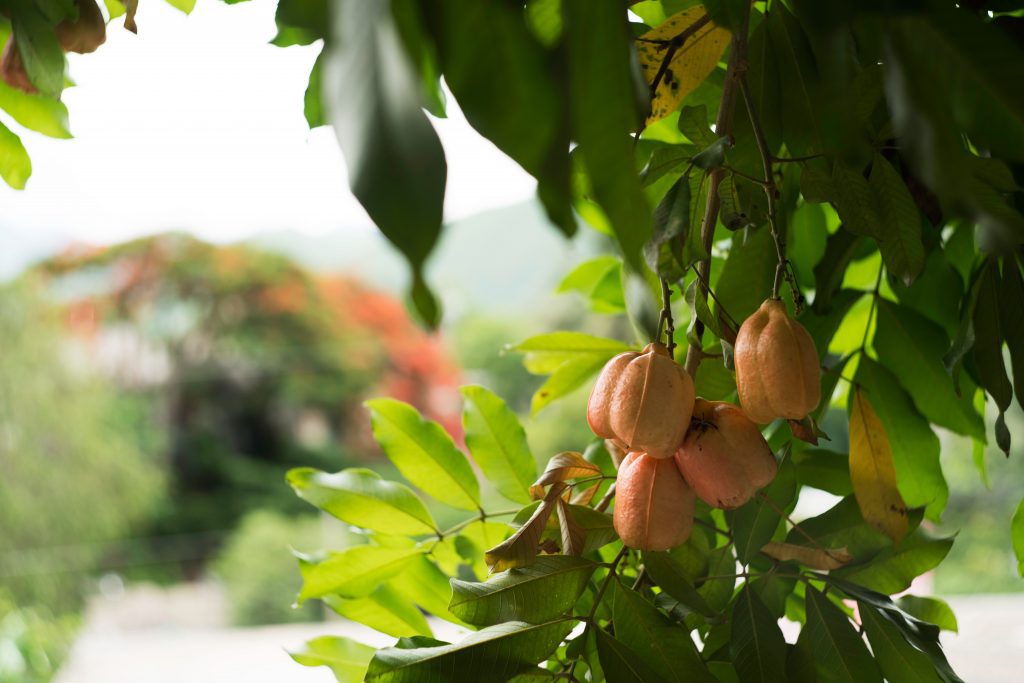
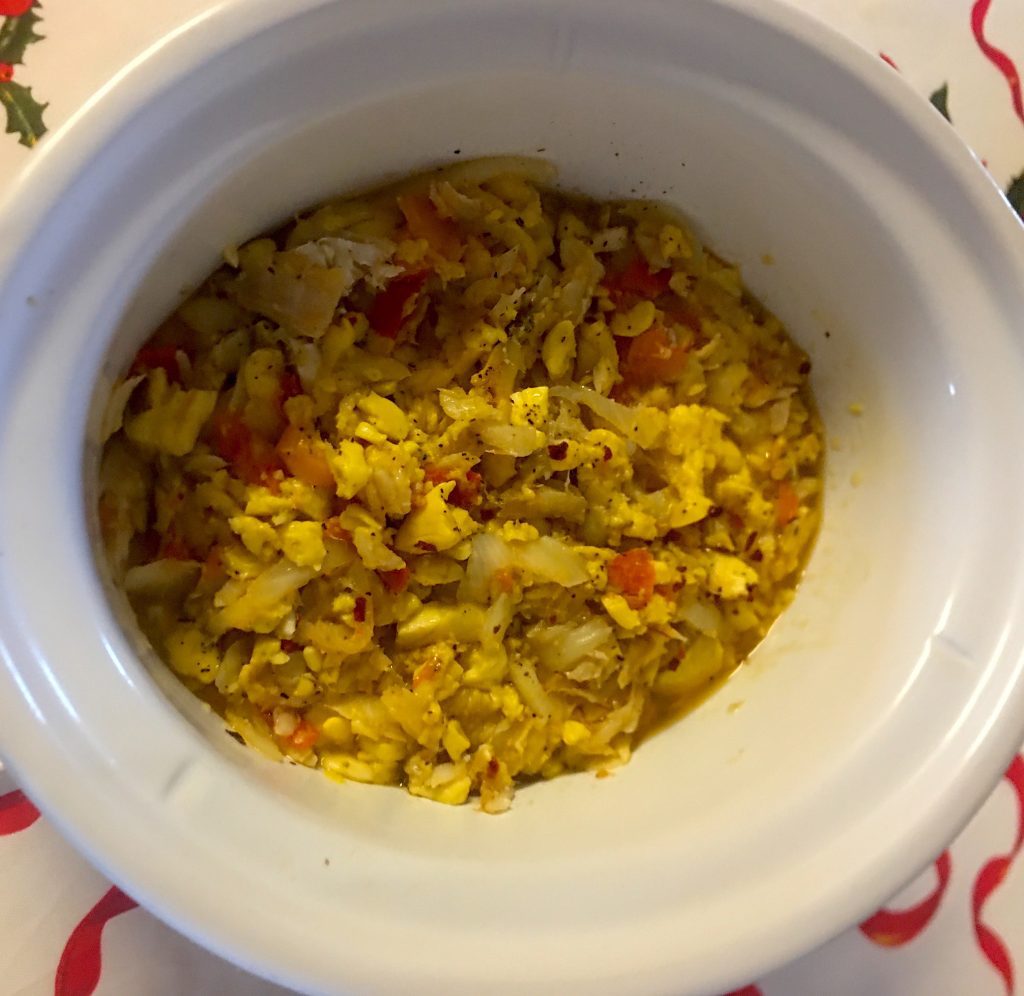
Jamaican National Flowers (Plant)
LIGNUM VITAE (Guiacum ocinale) is indigenous to Jamaica and was found in Jamaica by Christopher Columbus. It is thought that the name “Wood of Life” was then adopted because of its medicinal qualities. The tree grows best in the dry woodlands along both the North and South coasts of the island.
Uses
The body, gum, bark, fruit, leaves and blossom all serve some useful purpose. In fact, the tree has been regarded for its medicinal properties. A gum (gum guaiac) obtained from its resin was once regarded as a purgative. It was exported to Europe from the early sixteenth century as a remedy (combined with mercury) for syphillis and has also been used as a remedy for gout.
The wood was once used as propeller shaft bearings in nearly all the ships sailing the ‘Seven Seas’. Because of this, Lignum Vitae and Jamaica are closely associated in shipyards worldwide. It is a very heavy wood which will sink in water. Because of its toughness it is used for items such as mortars, mallets, pulleys and batons carried by policemen. Sometimes it is used for furnitures.
Jamaica National Tree– Blue Mahoe.
The blue mahoe, (talipariti elatum), is a species of flowering tree in the mallow family, Malvaceae. Talipariti Elatum native to the islands of Cuba, Jamaica, the US. Virgin Islands and Puerto Rico. In wetter areas it will grow in a wide range of elevations, up to 1,200 metres (3,900 ft) and is often used in reforestation. It is the national tree of Jamaica.
The Talipariti elatum tree is quite attractive with its straight trunk, broad green leaves and hibiscus-like flowers. It grows quite rapidly, often attaining 20 metres (66 ft) or more in height. The attractive flower changes color as it matures, going from bright yellow to orange red and finally to crimson.
The name mahoe is derived from a Carib word. The ‘blue’ refers to blue-green streaks in the polished wood, giving it a distinctive appearance.
Uses
The blue mahoe is a beautiful and durable timber that is widely used for cabinet making and also for making decorative objects such as picture frames, bowls and wood carvings.
The inner bark of the tree is often referred to as Cuba bark because it was formerly used for tying bundles of Havana cigars. Similarly the bark could be used to form a strap or belt.
The wood has a musical quality and has been traditionally used in the making of cuatros, a type of lute. Fine boxes, furniture, inlay works, floors, details, turned pieces, jewelry boxes, sculptures, and ancient board games, have been made from the mahoe. It is utilized by architects, furniture-makers, designers, artists, and amateur woodworkers. The wood has fine sanding and turning qualities, and a natural gloss that is accentuated when finely finished; it is variegated in purple, metallic blue, and olive colors, often with bluish blue streaks. In some lumber there can be grey, green, black, blue and purple colors all combined in just one small piece. Growing conditions may be responsible for the color variations but this has not been proven.
Submit your review | |
